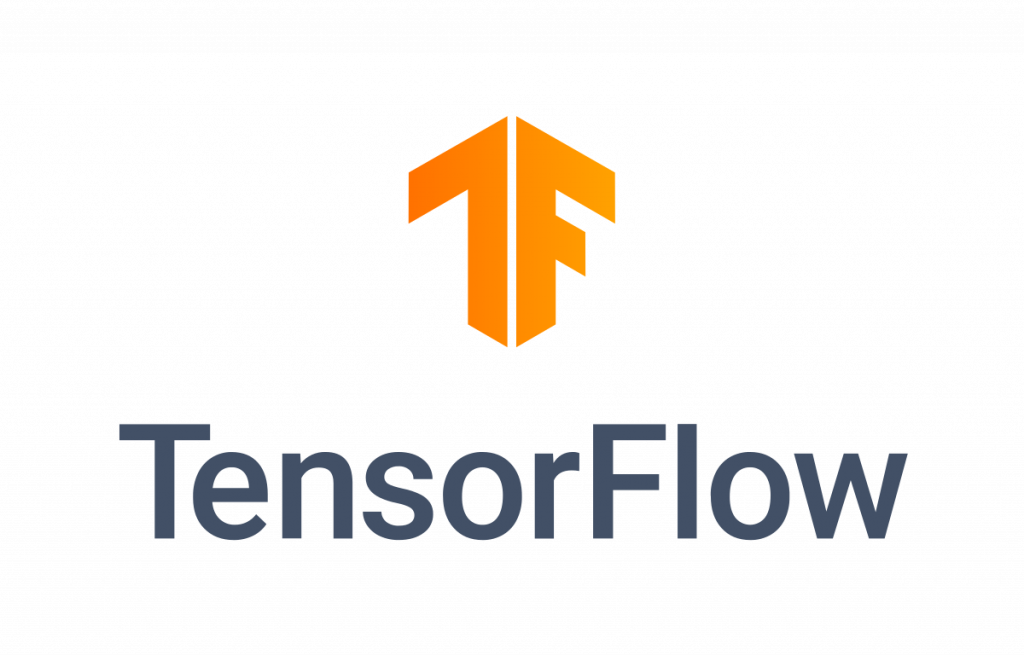
TensorFlow is an open-source software library for machine learning. It was developed by Google and released in 2015. It is used for numerical computation and deep learning. It is a powerful tool for data scientists and machine learning engineers.
TensorFlow has become one of the most popular machine learning libraries due to its flexibility and scalability. It is used for a variety of tasks, including image recognition, natural language processing, and time series analysis. It is also used for reinforcement learning and generative models.
Pros of TensorFlow
- Flexibility: TensorFlow is highly flexible and can be used for a variety of tasks. It is also easy to use and can be used for both research and production.
- Scalability: TensorFlow is highly scalable and can be used for large-scale projects. It can be used on multiple machines and can be distributed across multiple GPUs.
- Open Source: TensorFlow is open source and free to use. This makes it accessible to everyone.
- Support: TensorFlow has a large community of users and developers who are willing to help and answer questions.
Cons of TensorFlow
- Complexity: TensorFlow is a complex library and can be difficult to learn. It requires a good understanding of mathematics and programming.
- Performance: TensorFlow can be slow and inefficient when compared to other libraries.
- Limited Documentation: TensorFlow has limited documentation and tutorials.
Why You May Want to Take a Look at TensorFlow
TensorFlow is a powerful tool for data scientists and machine learning engineers. It is highly flexible and scalable, making it suitable for a variety of tasks. It is also open source and free to use, making it accessible to everyone. If you are looking for a powerful tool for machine learning, then TensorFlow is worth taking a look at.



